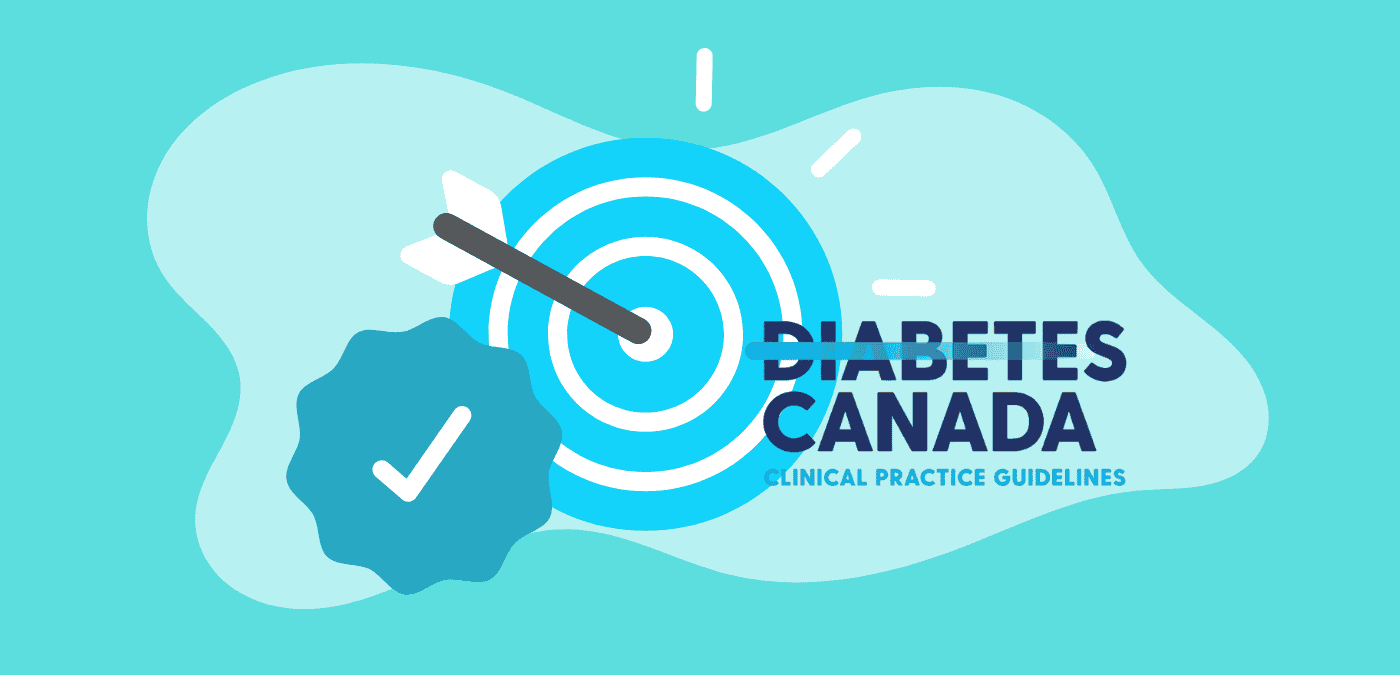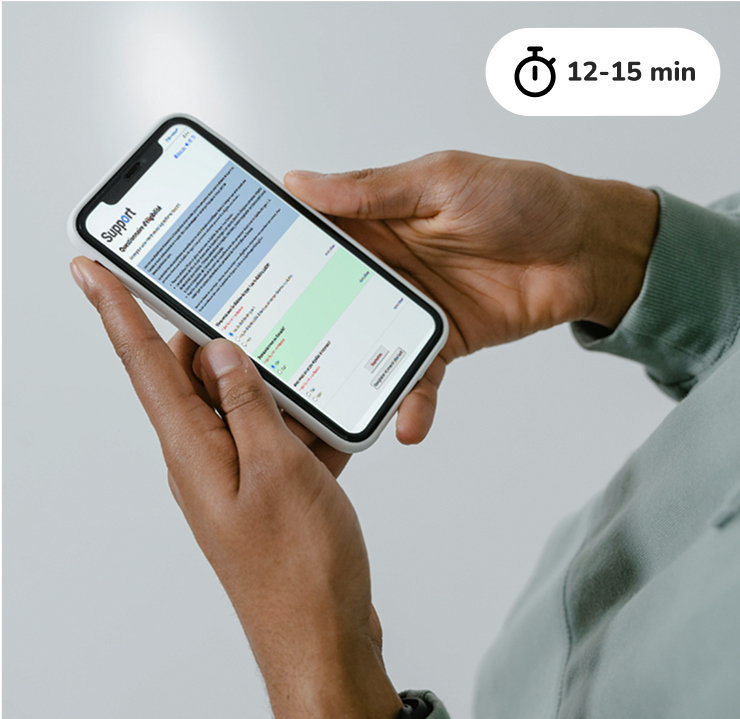In February 2025, Diabetes Canada released updated clinical practice guidelines for managing type 1 diabetes (T1D). These guidelines aim to support high-quality, evidence-based care for individuals living with T1D. This latest update includes current information on new insulin types, adjunctive therapies (therapies developed for other forms of diabetes that could help T1D management), automated insulin delivery systems (aka hybrid closed-loop system, artificial pancreas: insulin pump connected to continuous glucose monitor) and management of hypoglycemia (low blood sugar) in children and ketoacidosis in children and adults. Here are key points of the guidelines.
Note: These updates included children and adults but explicitly excluded guidelines on pregnancy because an upcoming update will cover pregnancy in detail.
New insulin options to improve blood sugar management
New insulins have become available in recent years and are now part of the guidelines. When discussing rapid-acting insulin, authors state ultrarapid-acting (e.g. Fiasp) insulin may be useful for some individuals due to its faster onset of action, but is not obviously superior to rapid-acting insulins. Regardless of insulin type and delivery method, whenever possible, meal boluses should be administered 10 to 20 minutes before a meal, rather than immediately before eating.
For basal insulins, newer ultra long-acting (30 to 42 hours) options (e.g. Toujeo, Tresiba) may reduce fluctuations in blood sugar and be especially helpful for people who experience severe nocturnal hypoglycemia, even compared to current long-acting insulins. As for the new once-weekly basal insulin (Awiqli), it has been shown to slightly increase hypoglycemia and lower treatment satisfaction compared to daily ultra long-acting insulin. So this insulin is not a preferred option for most persons living with T1D.
Ultimately, insulin options should be personalized through discussion with healthcare providers, as no single approach fits everyone. Acknowledging limitations of costs and coverage, the good news is that there are different options for short and long acting insulins.
Advances in insulin delivery technology
Based on new studies, automated insulin delivery systems are now recommended for all people with T1D who are willing and able to use them (e.g. cost, coverage, and ability to manage these devices). These systems have resulted in improved blood glucose time in range, fewer hypoglycemic episodes, and enhanced quality of life. While insurance coverage varies across provinces, the guidelines advocate offering these technologies broadly due to their proven benefits. We hope that data from the BETTER registry can contribute to improve access to this therapy for patients who wish to use it.
For those not using automated insulin delivery systems, a growing number of smartphone apps can assist with insulin dosing decisions and calculations. The limitation remains the validation of these applications which is not always as rigorous as for medications and devices.
Adjunctive (non-insulin) medications: new treatment options
The new guidelines highlighted the potential benefits of additional medications (adjunct therapy) to help with T1D management for some individuals. The medications included are metformin, GLP-1 receptor agonists (e.g., Victoza, Ozempic), and SGLT2 inhibitors (e.g., Invokana). These medications have been shown to help reduce HbA1C, body weight, and daily insulin dose. In some cases these therapies have also shown cardiac and renal benefits. Since these medications have side effects, some which can be significant, their use should first be discussed with your doctor to weigh the pros and cons. In the BETTER registry we observe that ~14% of participants use at least one adjunct therapy; given the more common use of these medications for type 2 diabetes, the guidelines recommend wearing MedicAlert bracelets (reported at 41.6% use in recent BETTER study) to prevent emergency responders from mistaking individuals for having type 2 diabetes and discontinuing insulin therapy.
Carbohydrate treatment for hypoglycemia in children
This 2025 guideline update has tailored recommendations for treating hypoglycemia in children and adolescents in light of newer insulin and glucagon delivery methods. For mild or moderate hypoglycemia where the child’s mental status is maintained, the recommended amount of fast-acting carbohydrates to give depends on age and delivery method.
If using insulin injections (3 per day or basal + bolus):
- Under 5 y.o. : 5 g carbs
- 5 to 10 y.o. : 10 g carbs
- Over 10 y.o. : 15 g carbs
If using automated insulin delivery system:
- 0 to 10 y.o. : 5 g carbs
- Over 10 y.o. : 5 to 10 g carbs
For severe hypoglycemia causing impaired consciousness, 20 grams of carbs are recommended if the child can swallow. If not, injectable or intranasal (≥ 4 years old) glucagon should be administered.
Managing diabetic ketoacidosis (DKA) in hospital
The guidelines also include details on how to manage DKA in hospital. Previously, delivery of intravenous fluids for DKA in children was done slowly to avoid potential brain swelling; however, new data supports that faster administrations of fluids is as safe. A resource for healthcare providers on managing DKA was included. Also, subcutaneous (typical insulin administration by needle), rather than intravenous (I.V.), insulin is now considered safe for non-severe DKA with evidence of it resulting in shorter stays at the hospital and lower total insulin required for the DKA event in adults and children.
These updated recommendations represent a continued effort to improve T1D care in Canada by incorporating the latest research in medications, technology, and treatment. They emphasize the need for a personalized, multidisciplinary approach tailored to each individual. Be sure to discuss with your healthcare team to decide which options and recommendations are right for you.
To see the full set of updated guidelines.
To see the entire 2018 guidelines that are being updated:
Type 1 Diabetes in Children and Adolescents – Diabetes Canada
Glycemic Management in Adults With Type 1 Diabetes – Diabetes Canada
Written by: Cassandra Locatelli, B.Sc.
Reviewed by:
- Rémi Rabasa-Lhoret, MD, Ph.D.
- Anne-Sophie Brazeau, P.Dt., Ph.D.
- Amélie Roy-Fleming, RD, CDE, M.Sc.
- Darrin Davis, Ayush Chadha, Pamela Dawe, patient partners of the BETTER project.




